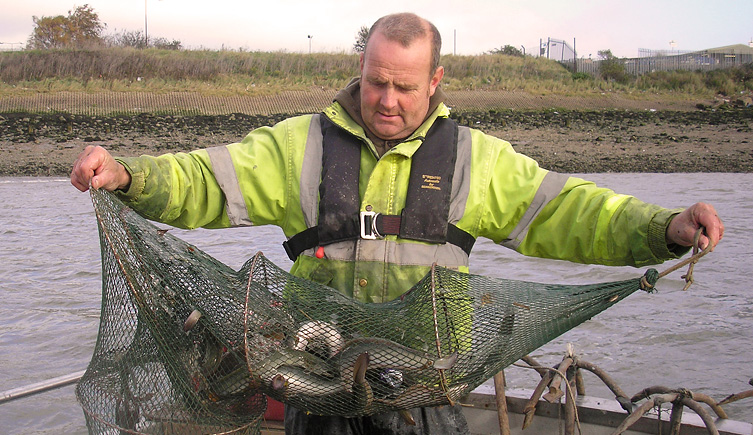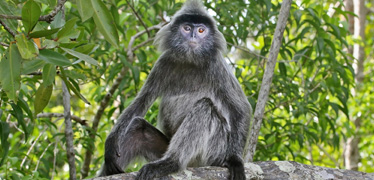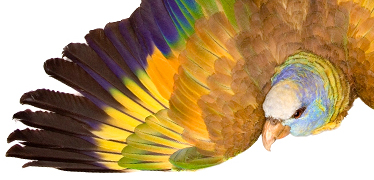Fyke net trials

A fisherman inspecting the catch from a fyke net
Project summary
- Focus: To study and recommend fyke nets to reduce numbers of mitten crabs in the River Thames, whilst aiding the conservation of eels.
This multipurpose project aims to recommend two types of fyke nets in order to reduce numbers of invasive mitten crabs in the River Thames, while assisting in the conservation of eels.
The aim of this project is to recommend two new fyke nets:
- one designed specifically for eel fishing that will release undersize eels back into the river
- one to catch Chinese mitten crabs but release all eels caught as by-catch
Invasive mitten crabs
The numbers of the invasive Chinese mitten crab, Eriocheir sinensis in the River Thames have increased since the end of the 1980s.
The Natural History Museum recently completed a feasibility study into the commercial exploitation of E. sinensis in the River Thames and found that exploitation of eels could provide:
- benefits to local fishermen as Eriocheir is considered to be a delicacy in many Far Eastern countries
- a reduction in mitten crab population in the Thames
- possibly relieve some of the environmental damage caused by this invasive species
Eel conservation
The main problem with a mitten crab fishery is that it could deplete the Thames population of Anguilla anguilla eel. This species has recently been listed in Appendix II of the Convention on International Trade on Endangered Species.
Fyke net trials
Our initial trials prove Fyke nets to be the most effective method to trap mitten crabs but around 1300 eels were captured as by-catch.
Results from this research have found two promising net designs that significantly reduce the number of eels trapped.
A combination of both these nets with further modifications may improve the escape chances for eels.
Museum staff
External collaborators
External links
Sponsors




Biodiversity research
We are creating molecular and digital tools to explore undiscovered biodiversity

Invertebrate research
Our scientists are investigating the taxonomy, systematics and biodiversity of groups of invertebrates

Zoology collections
Our zoology collection has 29 million animal specimens and is rich in voucher, type and historical specimens